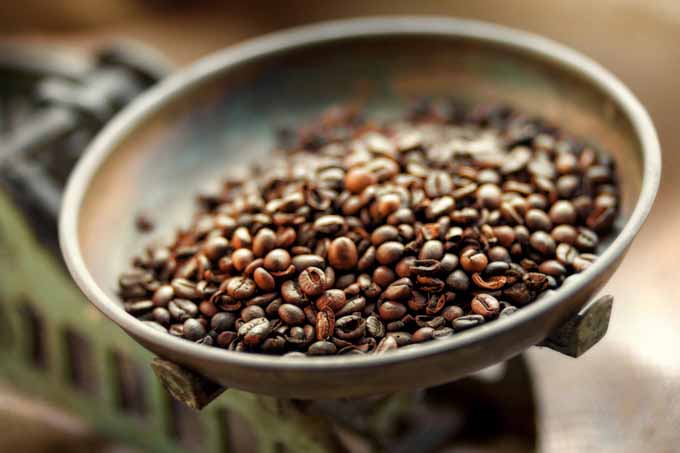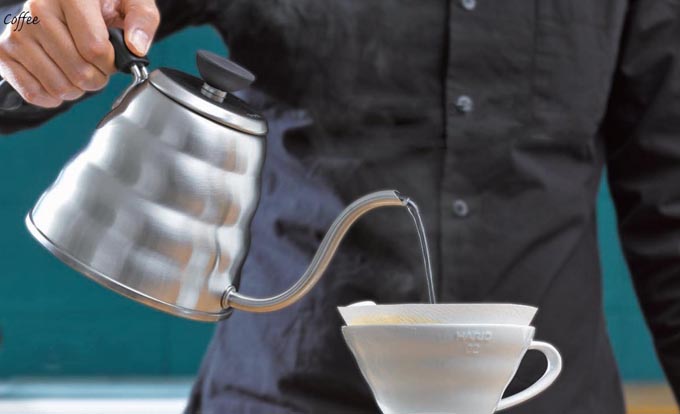There has been a lot of buzz recently about the fair trade movement. Some of it can be confusing, and many people are left wondering what it actually means.

While some developing countries have laws in place to protect their workers, many do not, leaving the labor force underpaid and exploited.
Many farmers and workers in countries without labor laws often work long, hard hours in sometimes hazardous conditions, and are not paid enough to be able to make a living. The people who are exploiting their laborers are typically exporting the goods produced to other companies, and making monumental profits.
Enter the concept of fair trade. It is based on the idea that workers should get fair wages for their products, to promote higher economic and social standards.
Social Implications of Fair Trade
From a social standpoint, fair trade benefits everyone. It empowers the producers by allowing them to make money commensurate with their labor.
When workers are able to improve their living and working conditions, such as being able to afford better shelter or schooling for their children, they are providing a better way of life for the next generation.
Many times, fair trade brings the buyer of goods directly to the seller, eliminating the middleman who typically takes a large commission.
By organizing together, fair trade workers are also able to produce the best quality product because they know exactly what the buyer is looking for. They can learn to improve the value of their goods in order to sell even more.
Consumers also benefit from fair trade products in many ways. Many people are not aware of the poor wages and conditions of workers in developing countries.
Fair trade has brought these issues to light, and consumers are able to make buying decisions that can help others across the world where they may not have been able to previously.
It also gives shoppers a way to let companies know what is important to them, by saying they do not want goods that are produced under unfair conditions.
One great quote related to fair trade is, “Every dollar you spend is a vote you cast for the world you want,” from author L. N. Smith.
Environmental Implications
Fair trade is not just about fair wages. The movement also highly stresses the importance of sustainable methods for harvesting and producing goods.
Farmers are taught integrated crop management and they typically avoid using toxic chemicals. According to GreenAmerica.org, most coffee that is fair trade certified is grown organically.
The use of genetically modified ingredients is not allowed for fair trade products. As far as soil and water are concerned, farmers are taught methods to reduce water use and source it sustainably, as well as enhancing the soil with irrigation practices and utilizing crop rotation.
Fair trade and organic certification often go hand in hand, due partly to the fact that fair trade buyers are willing to pay even more for organic products.
This proves beneficial to the farmer as well as the consumer, who can benefit from eating foods raised in a healthier manner.
History
The concept of fair trade originated in the 1940s, led by politically motivated groups as well as religious groups in the United States.
It is believed that the organization Ten Thousand Villages (formerly known as Self Help Crafts) started buying needlework from Puerto Rico at fair prices, with others following suit.
The first store in the US that was labelled a fair trade store opened in 1958. The trend continued in Europe in the late 1950s when Oxfam UK began selling goods made by refugees in China.
In the 1960s, Europeans developed the modern fair trade movement when student radicals began to voice their belief that the default business model of multinational companies may not be the best way of helping developing countries.
The slogan “Trade, not aid” became popularized as people were encouraged to help developing countries with fair trade practices instead of offering other types of aid. The United Nations embraced this slogan and the movement accelerated.
Fair trade catalogs that consumers could consult to purchase goods from other countries at a reasonable price were popular at the beginning of the movement, when there was no other way of buying fair trade goods from around the world.
The Netherlands opened the first shop featuring fair trade goods from across the globe in 1969, and it was run solely by volunteers. It enjoyed tremendous success, and more shops began popping up across Europe.
Certification
There are multiple organizations that certify items as fair trade, such as TransFair USA, Fair Trade Federation of North America, Institute for Marketecology, and Fairtrade Foundation.
Though they have different standards and certification procedures, their basic principles are the same. Fair Trade USA lists these:
- Democratically organized farming groups are guaranteed a minimum floor price and a higher price for certified organic products. Farming establishments can also receive a pre-harvest credit.
- Workers on fair trade farms have safe working conditions and supportable wages. Child or forced slave labor are absolutely forbidden.
- Importers of fair trade goods try to work with the supplier directly to remove the middle man, and allow farmers to participate competitively in the global marketplace.
- Through democratic processes, the farmers and workers are allowed to choose how to invest their premiums from the buyers to use as they see fit. These funds are often used for community development for schools, scholarships, training, and organic certification.
- Environmentally-friendly practices are used to grow crops, and the use of genetically modified ingredients as well as dangerous agrochemicals are strictly prohibited.
There are costs involved in obtaining fair trade certification, but they are kept as low as possible.
Criticism
Although it is said that the effort has benefitted over one million farmers and crafters in as many as 70 countries, it comes with criticism as well.
Some believe that the opportunities made available to the fair trade producers may be overstated, that it is unfair to impose the politics of the fair trade system on famers, or that the guidelines aren’t always enforced.
Some products that are labelled fair trade may actually not be, or the producers may not have strictly followed the fair trade guidelines.
This is why research into the companies selling the goods, as well as the producers and the certifying agencies, should be completed whenever possible and to the fullest extent before making a decision to buy a certain fair trade product.
Fair Trade Commodities
Both food and non-food items such as clothing, crafts, and textiles can qualify as fair trade, though food commodities make up a larger portion of fair trade sales.
The most common fair trade food goods include tea, coffee, sugar, rice, and fruit, with coffee being the commodity that’s traded in the greatest quantity.
Other goods include herbs, cocoa, vegetables, beans and grains, flowers, nuts, oils and butters, honey and spices, wine and apparel, and they can come from nearly anywhere in the world.
Tea
Most tea produced around the world is actually harvested on large plantations. The plantations employ workers who typically live on site and operate under poor living and working conditions.
They are normally paid below the national average, suffer from health issues due to the large amounts of pesticides used, and their children usually do not have access to schools, leaving them to work on the plantation as well.
The fair trade movement has helped tea workers by establishing housing rules and giving them a living wage. It can also help to build schools in the plantation communities, as a result of the higher premiums that consumers pay for fair trade items.
Coffee
As the first food item to be considered fair trade as well as the most common fair trade good, coffee has had a huge impact on bringing fair trade practices to developing countries.
Coffee trading at reasonable prices first began in the Netherlands when it was realized that coffee was trading at less than the cost it took to produce, putting farmers either out of business or forcing them to have to borrow money just to keep working.
Americans consume approximately 20 percent of all coffee produced, and thus many American coffee-related businesses such as Starbucks have played a major role in getting the fair trade concept out in front of otherwise unknowing consumers.
By using their buying power in an economically responsible way, various companies have helped coffee farmers to climb out of poverty and provide better lives for their families.
Though not all fair trade items are organic, most coffee is, with an estimated 78 percent sold in the US being organic.
If you would like to support fair trade, there are many locations across America as well and the world where you can shop to support local producers.
According to FairTradeUSA.org, retail sales of fair trade goods were approximately $1.5 billion in 2011, so there is clearly a demand for the products as well as a supply.
A simple internet search can help you find fair trade businesses and products sold near you, as there are about 20,000 retailers in the states alone that sell fair trade products.
Though it may seem like it’s just a fad, this movement has actually been around for nearly 70 years, and is here to stay.
About Tiffany Boutwell
Tiffany Boutwell is a Certified Nutritional Consultant, Holistic Health Practitioner, and owner of Natural Apple Holistic Health. Tiffany believes chronic illness stems from improper nutrition, and that a diet rich in whole foods can help people to be free from the undesirable effects of the Standard American Diet. She resides on a farm in Kentucky with her family where she enjoys reading, yoga, and writing. Tiffany has authored an e-cookbook and health articles in various publications.




The intentions behind fair trade is very noble and serves to help the farmers however, research has shown that many companies have been taking advantage of fair trade for marketing but that’s where consumer research comes into play. The article highlights this point and also goes further by talking about the consequences and significance of fair trade and serves as a good introduction to fair trade, great and informative article!
I truly appreciate how you presented both sides of the Fair Trade issue, and reminding us as consumers to still to the research. So many consumers don’t do the research work and simply believe what a company or label says.